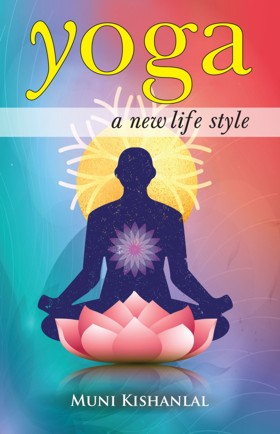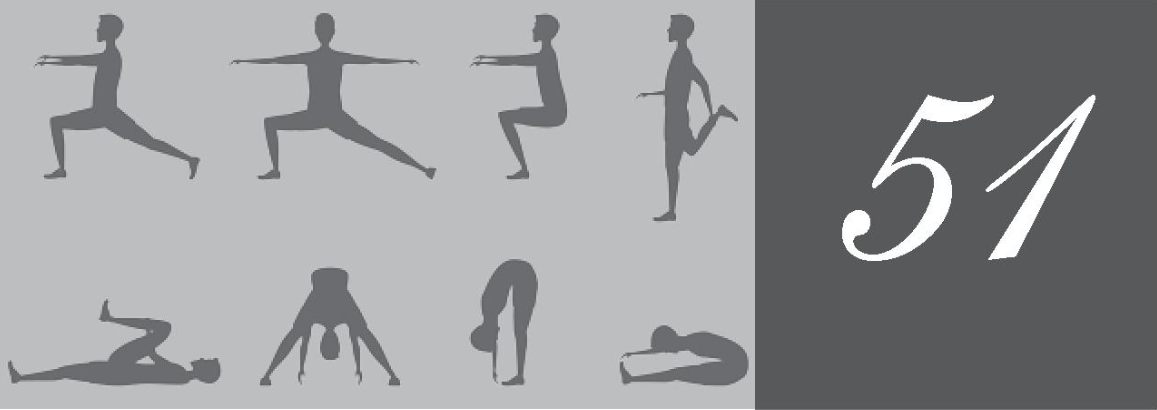
Ishtvandanasana-Suryanamaskar
(Reverend Diety Posture)
As the name suggests through practice of this asana we dedicate ourselves with an attitude of gratitude towards our revered deity, our God. We bow down and salute him. Another meaning of this asana is to sing the praise of the Lord, which rewards us in one form or another. Traditionally, this asana is known as Surya Namaskar.
In the tradition of Preksha, Namaskar Mahamantra is believed to be the deity. In this mahamantra there is provision that the Arihant, Siddha, Acharya, Upadhaya and Sadhu are bowed down to. They have been blessed with the nomenclature of Panch Parmesthi. In honour of the greatness of the Panch Parmesthi the Acharyas have dedicated a four-line poem. The five lines of the Panch Parmesthi and the four lines in their honour make up a nine line verse. Each posture in the Ishtvandanasana is accompanied by one line from the Parmesthi verse. If one is unable to recite the verse then one could count in ascending order.
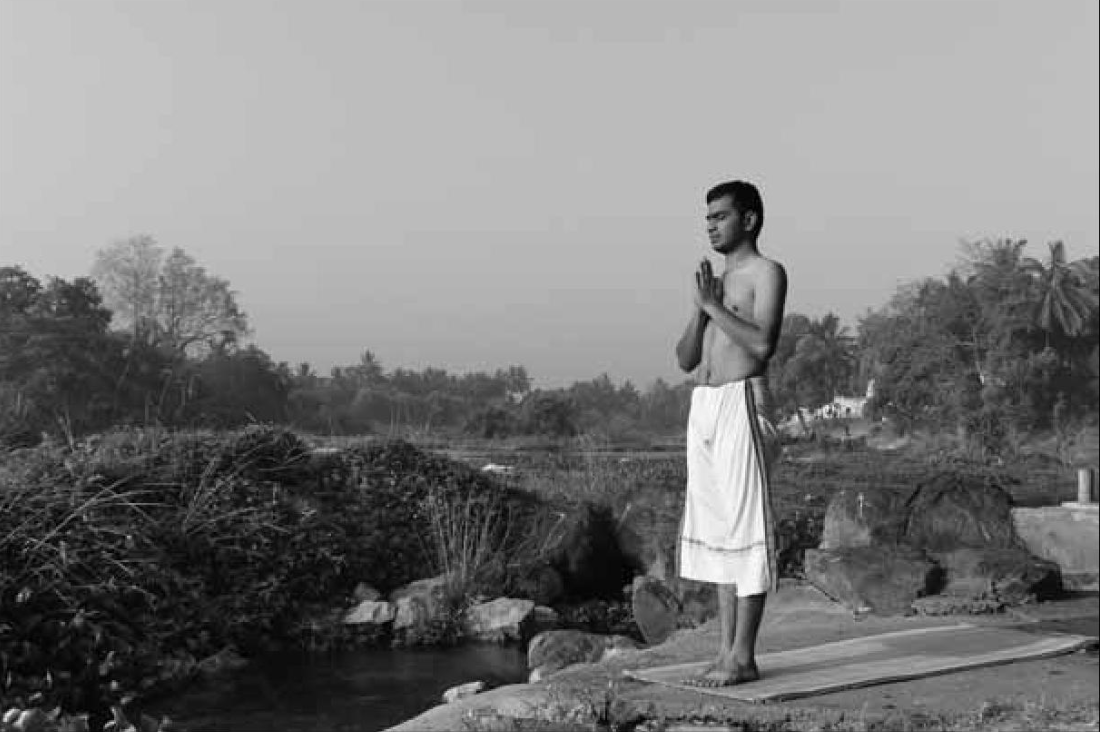
Stand in namaskar mudra, with feet together.
i. Namo Arahantanamwith this recitation, stretch both hands straight out in line with shoulders. Bend waist slightly backwards and neck looks up at sky. This is followed by taking hands up and joining the palms.
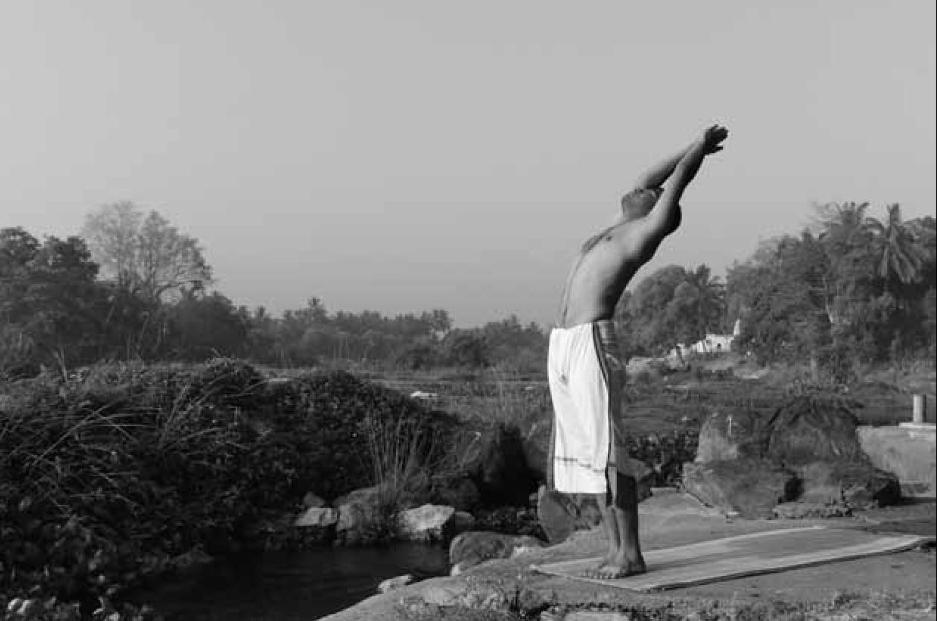
ii. Namo Siddhanam
with this recitation, inhale, take both hands up and join them at palms. Stretch body up. Breathe out and bring forehead to knees. If possible touch knees. Place palms at sides of feet.
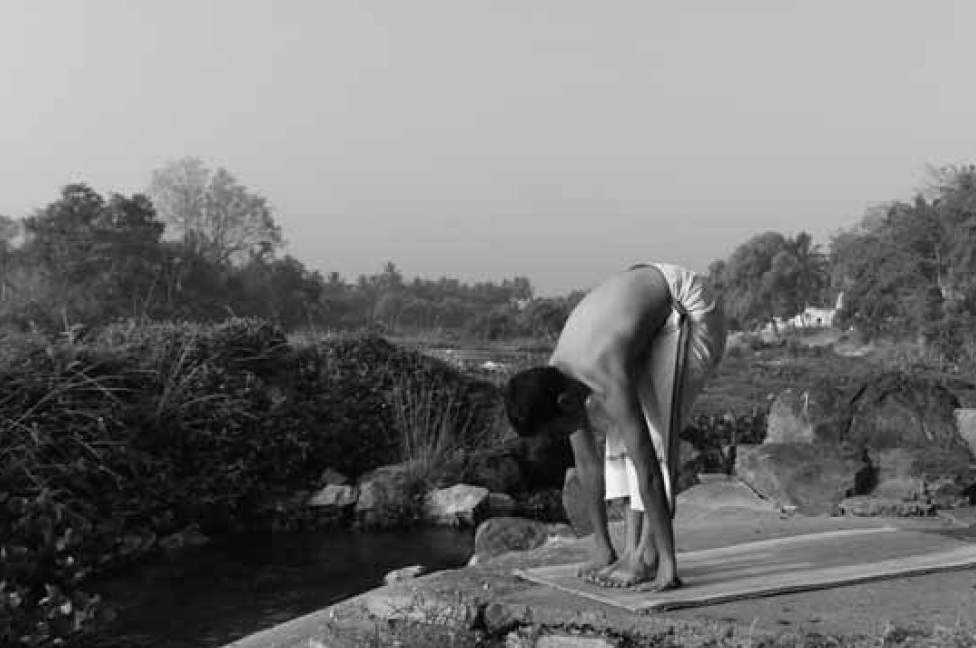
iii. Namo Ayariyanam
with this recitation, exhale, take left leg back, take right knee forward. Palms should be placed at the sides of the right leg. Focus must be in the front. Exhale slowly. Inhale deeply and bend neck backwards and look at sky.
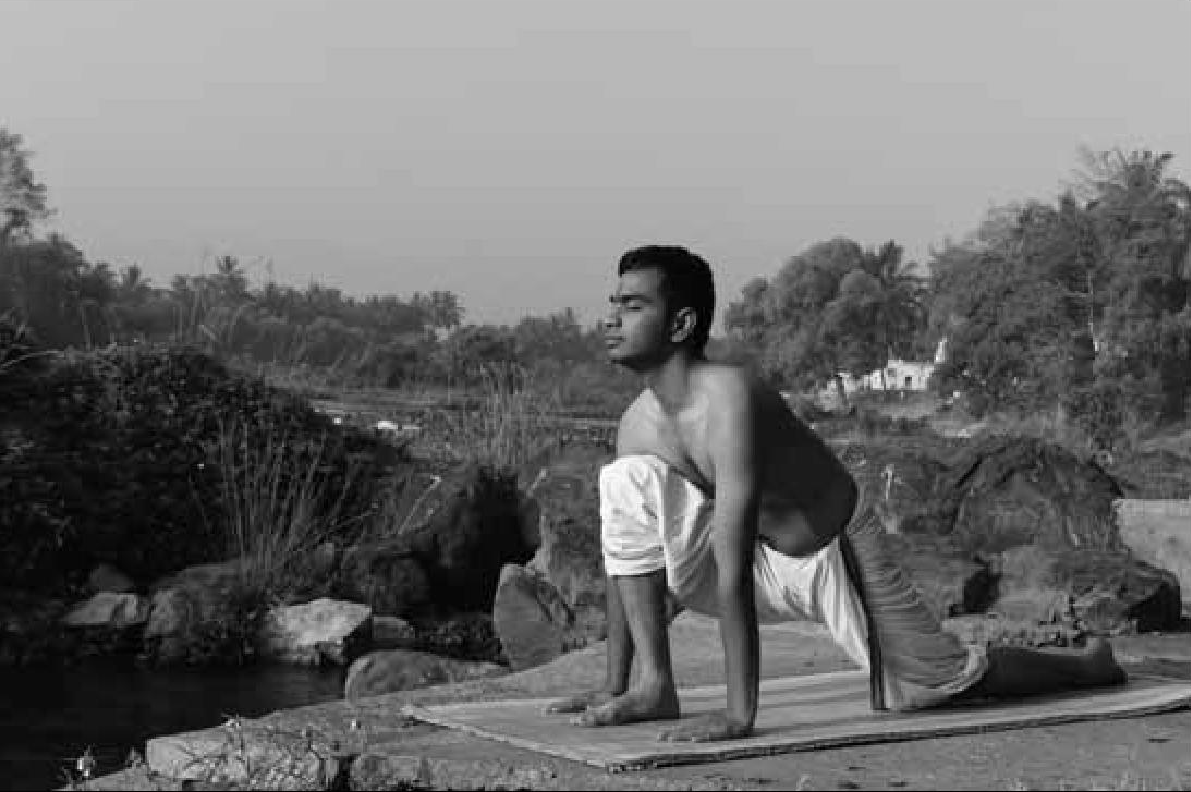
iv. Namo Uvajayanam
with this recitation, exhale and take left leg back. Keep body straight on toes like a plank. Palms remain in same position. Let exhalation and inhalation be equal. The focus should be in front.
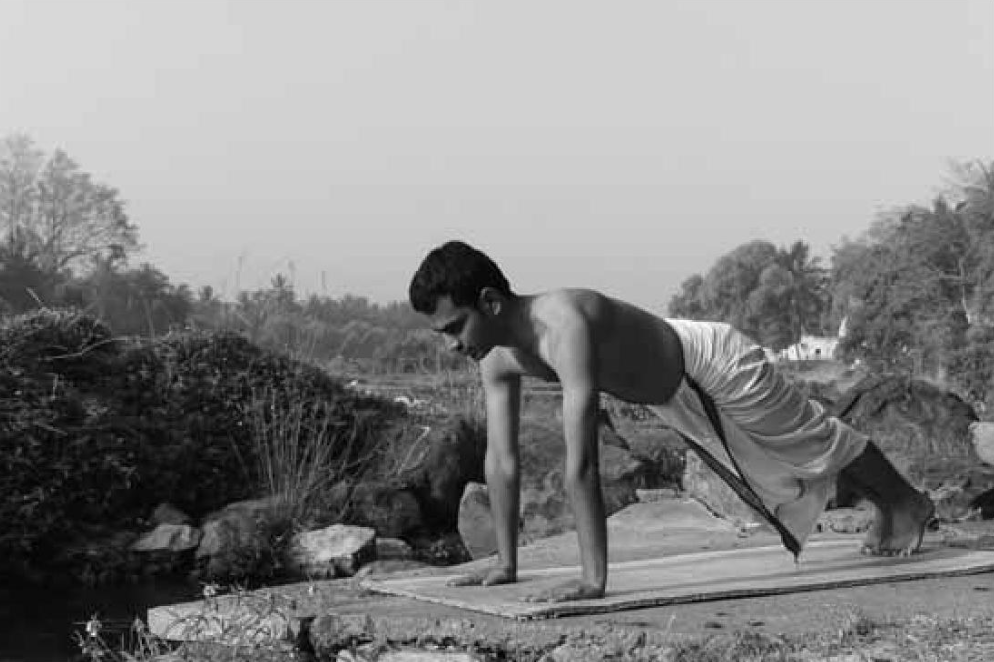
v. Namo Loa Savv Sahunam
with this recitation, place knees, chest and head on floor. Keep abdomen and waist raised up from floor.
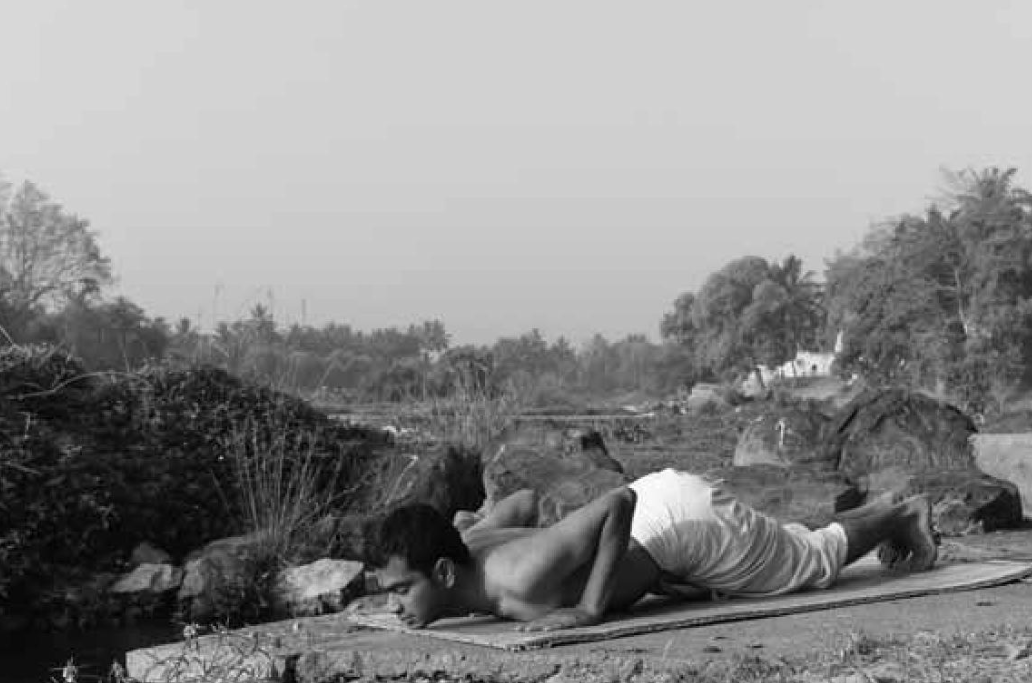
vi. Eso Panch Namo Karo
with this recitation, while inhaling slide body up till waist with support of palms. Neck bends back and eyes look up to sky.
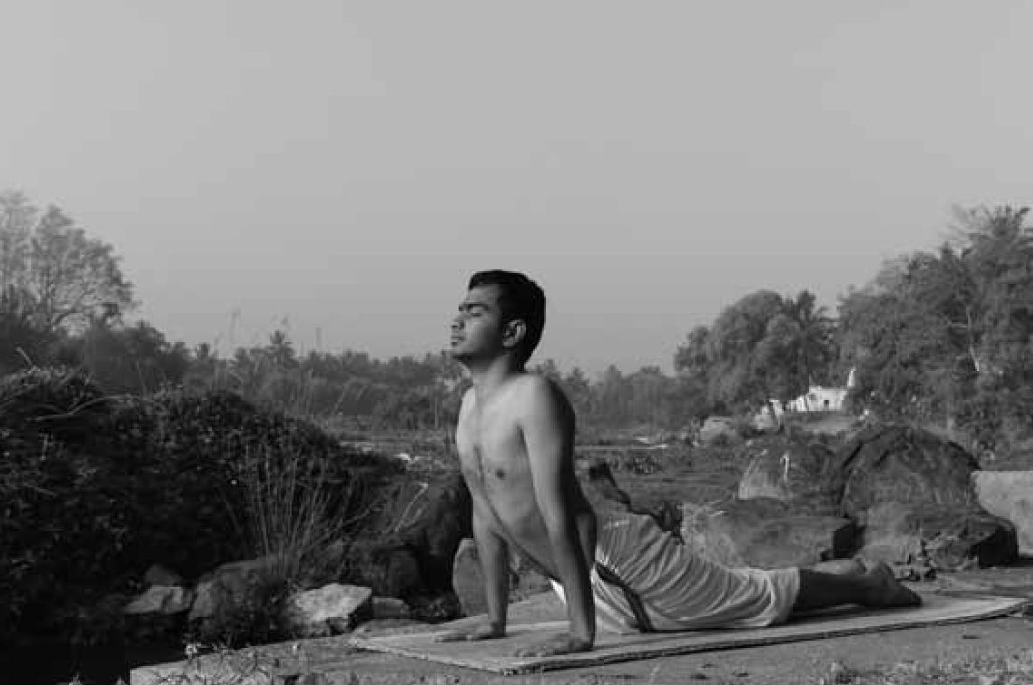
vii. Savv Pav Panasano
with this recitation, while exhaling touch head to floor. Bend neck forward and touch the chin to hollow in neck. Eyes should be focused on the navel.
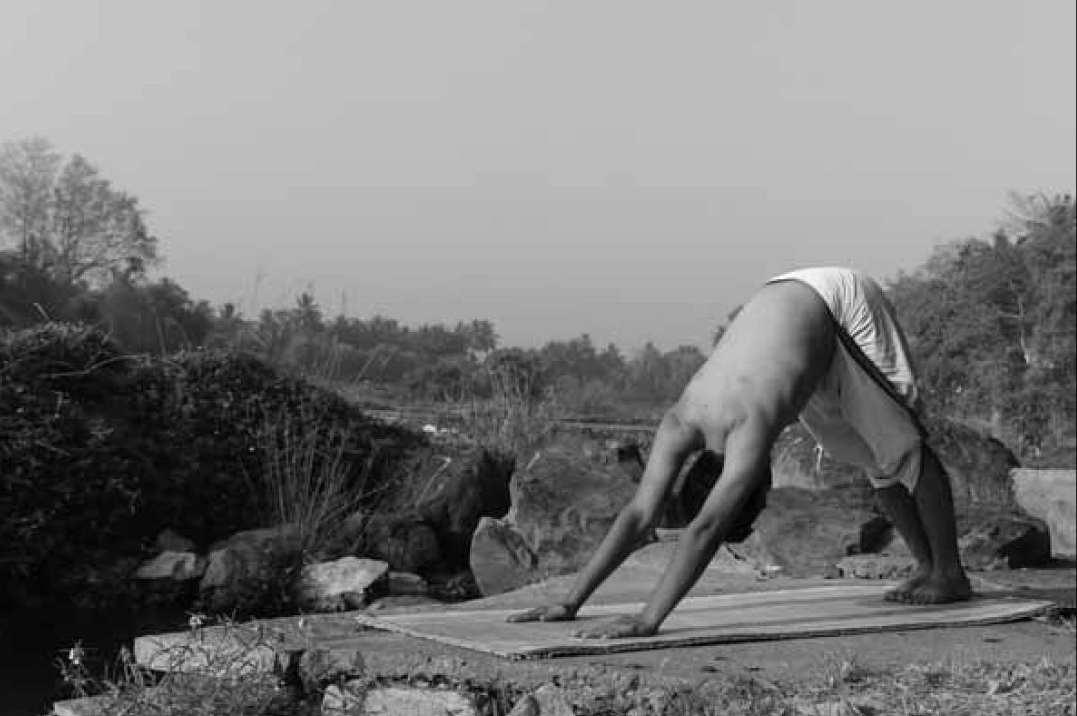
viii. Mangalananch SavveSeen
with this recitation inhale, keep left leg at back, bring right knee forward, place it between palms, touch head to floor, bring it up and look up at sky.
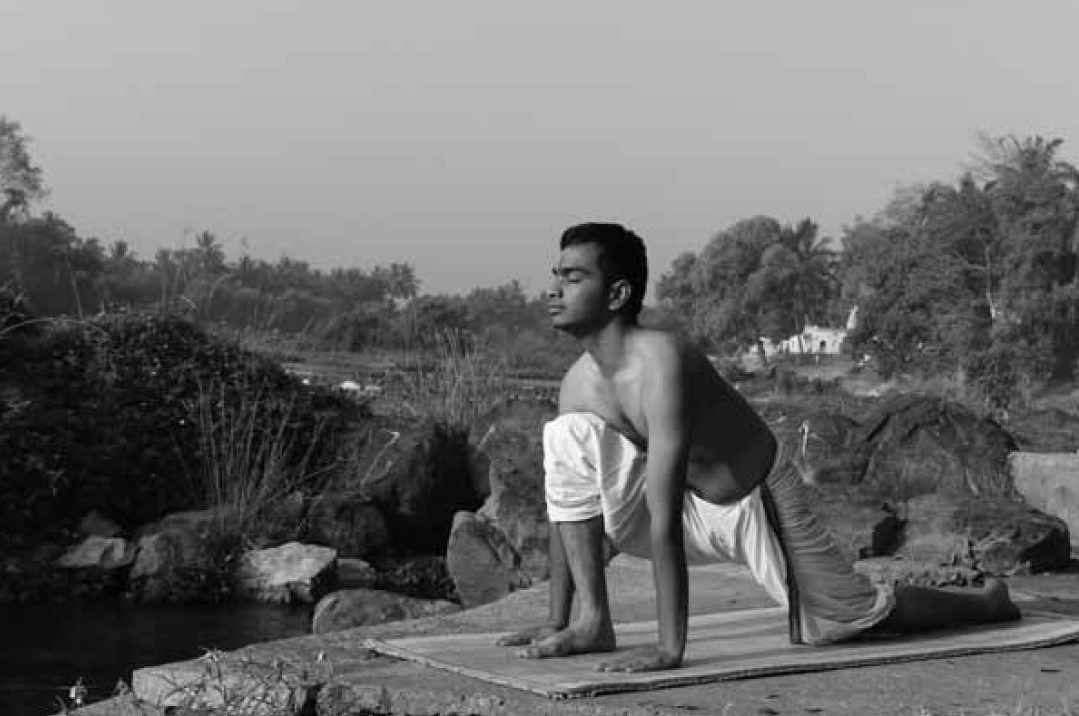
ix. Padhman Havai Manglam
with this recitation, bring left leg forward, next to right leg. While exhaling touch nose to knees.
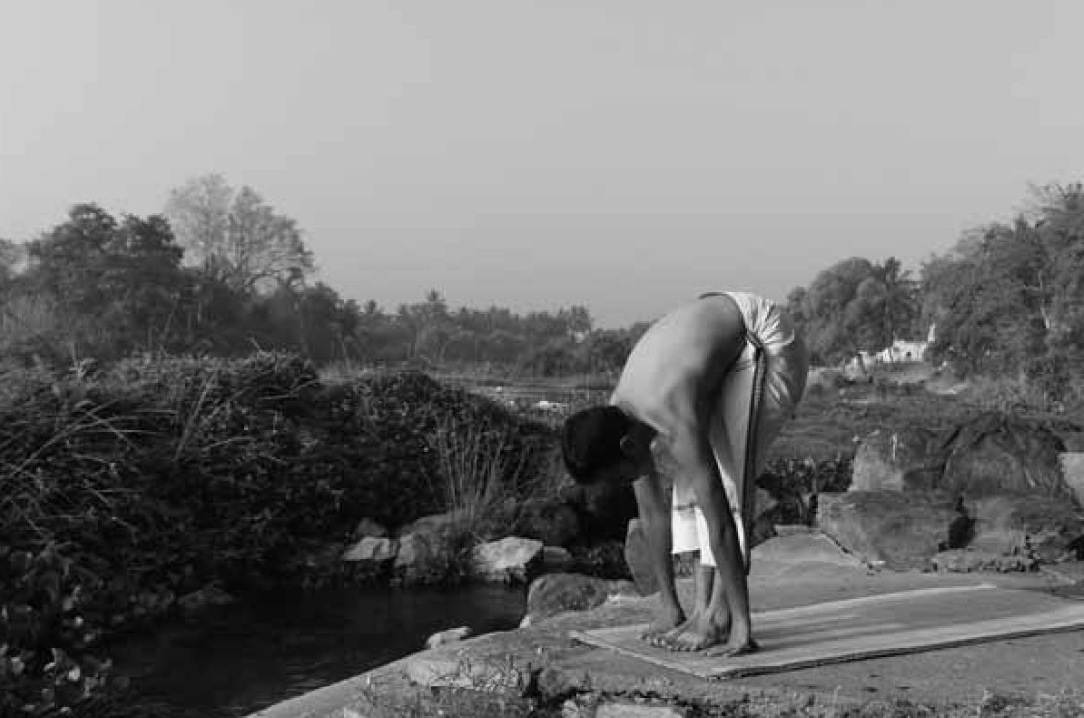
x. Return to standing position
maintaining mental and physical balance.
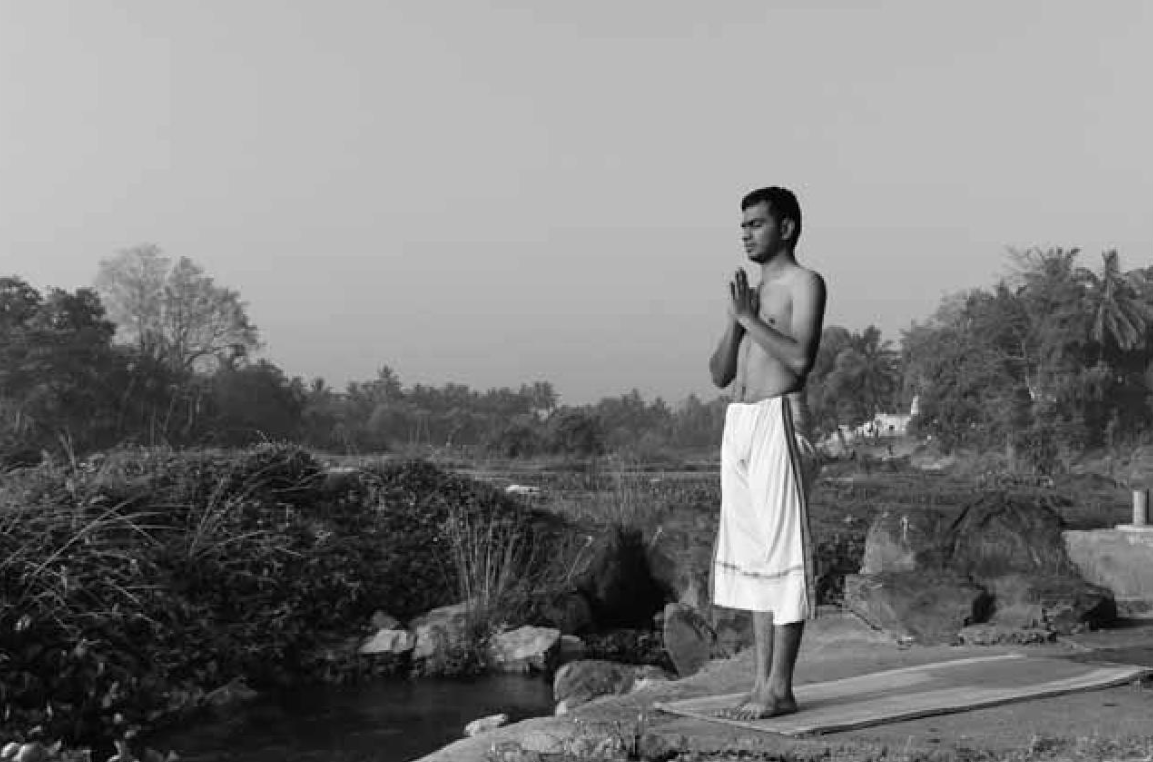
Precaution
Weak and cardiac patients should not practice this asana.
Effect on Health
Ishtvandanasana is a health and beauty giving asana. This asana is created in such a way that each and every organ is influenced by practice. This asana is a amalgamation of ten asanas. It is also called Surya Namaskar.The first and tenth posture have been created with a view to promote calmness and balance of body. This is an asana for Pranam Mudra in other words Ishtvandasana. Each posture is imbued with humility so that feeling of ego and aversion disappears. Values like humbleness, non-violence, love and goodwill are enhanced. The entire body becomes flexible. Arms become beautiful, strong and shapely. Along with flexibility of neck, sight also improves and eye disorders are cured. Chest expands and each organ of body develops and becomes strong. With first, second and third posture; brain, neck, abdomen and legs are strengthened. With fourth, fifth and sixth posture; toes, palms, chest, lungs, navel and all inner organs of abdomen remain balanced and active. With practice of seventh, eighth and ninth postures; shoulder blades, buttocks and calves muscles becomes well shaped and beautiful. For every part of body to be affected by this asana it is required to keep mind at peace, focused and dedicated to each movement of practice. Giving this top priority, all nine mantras of the Namaskar Mahamantra have been included in this asana. The Namaskar Mahamantra glorifies the qualities in a person not person himself. This leads to purification of mind also.
The secretion of hormones from the glands directly affect our emotions. With practice of first steady posture of Ishtvandanasana, hormones secreted by the thyroid and parathyroid glands are balanced. During posture of Namaskar Mudra, thumb is directly connected to thyroid gland and fingers with pituitary gland. Pressure exerted on them releases ego, most dangerous attribute present in man and makes way for humbleness and purity. Along with enhancing memory power, unlimited cosmic energy existing in universe can be tapped into. With practice of second, third and fourth posture, important glands like thyroid, parathyroid, thymus and adrenal are influenced. With secretion of these glands becoming balanced, the development and strengthening of entire body progresses evenly. With regular practice of fifth, sixth and seventh posture, kidney, pancreas and islets of Langerhans are greatly influenced. All organs of stomach function at optimum efficiency. The influence on gonads helps in the progressive ascension of prana energy. May this energy be used creatively-such positive thoughts are generated by mind. The eighth and ninth positions have effects similar to that of first and second positions.
Problems like hernia, headache, diabetes, asthma and spermatorrhoea can be rectified with regular practice of this asana.
This asana helps to keep lungs, digestive system and heart healthy. Ocular defects can also be cured.
The pressure felt by brain due to reverse flow of blood energizes and strengthens brain cells. The hypothalamus, pineal gland and pituitary gland are affected positively resulting in balanced secretions thus keeping related organs fit and healthy. It effects the entire glandular health of body.
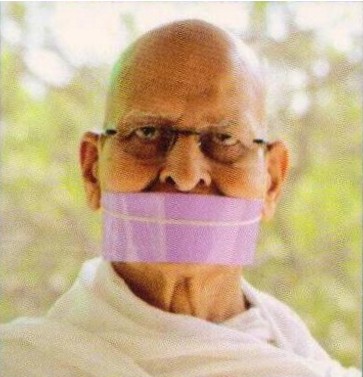 Muni Kishan Lal
Muni Kishan Lal
